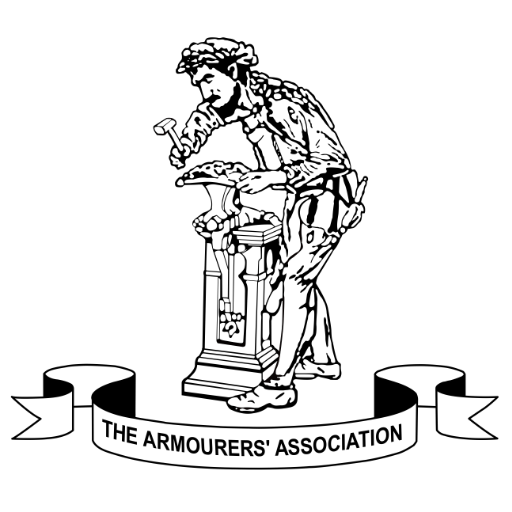

The Armourers' Association
Motto: Let All Know We Are One'


The Armourers' Association
Motto: Let All Know We Are One'


Motto: Let All Know We Are One'


Motto: Let All Know We Are One'